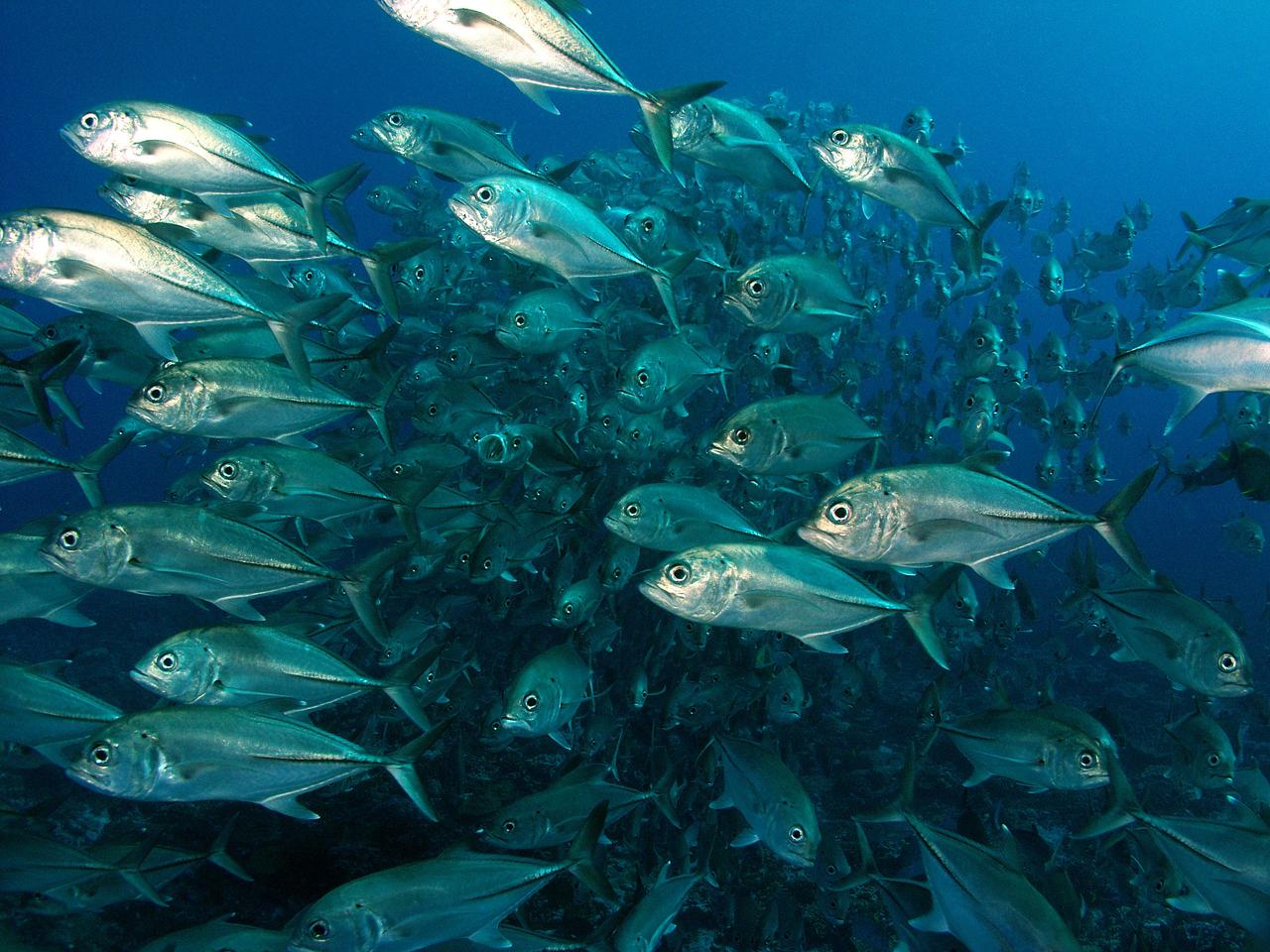Protecting nature starts with science. Here’s a roundup of recent science published by Conservation International experts.
1. Close to 40 percent of plant species are at risk of extinction
Nearly 40 percent of global plant species are categorized as “very rare” — observed less than five times ever — and are most at risk for extinction as climate change accelerates, according to a recent report.
Conservation International scientist Patrick Roehrdanz and other researchers worked for a decade to compile and assess more than 20 million observational records of land-based plants in the world’s largest collection of data of this kind ever assembled.
What they found: Out of the 435,000 known land plant species found on Earth, a staggering 158,000 of those are at risk of extinction. The researchers pointed to climate change and habitat loss for the lion’s share of plant loss in recent years — which may soon lead to a mass extinction of rare plants that could significantly reduce plant diversity around the world, negatively impacting wildlife survival and soil health.
“By mapping where these rare species occur, we are better able to highlight the dual threats of climate change and human impact on the regions that harbor much of the world’s rare plant species,” said Roehrdanz. “This research emphasizes the need for strategic conservation to protect these cradles of biodiversity.”
2. Plant species on New Guinea face an uncertain future
Climate change is threatening plant species on one of the world’s unique wildlife hotspots, according to a new study.
A biologically diverse tropical island, New Guinea is home to more than 9,000 plant species that exist only in this South Pacific region. In this study, scientists developed a system to understand the current ranges of where these unique species are found — and predict what their future ranges could look like depending on various scenarios of climate change, such as longer winters or hotter summers. The results were concerning.
According to the study, approximately 63 percent of these plant species are expected to have a smaller geographic range by 2070, resulting in an average loss of 30 to 110 species across different regions.
“The shifting ranges of these plant species will have serious consequences on the environment and human well-being in New Guinea,” said Roehrdanz, a co-author on this paper. “Indigenous peoples in this area rely on these plants for food, medicine and construction.”
These plant species are also woven into the cultural heritage of many indigenous communities across New Guinea and are often used for clothing and rituals. Understanding the potential consequences of climate change on New Guinea’s plant species could help protect the nature communities depend on and identify the areas where conservation initiatives and forest restoration projects would have the greatest impact.
3. As marine life moves, ocean conservation must adapt
A recent report recommends new ways for ocean conservation efforts to respond to the impacts of climate change.
Marine protected areas (MPAs) — areas of the ocean where human activities are limited — are the cornerstone of ocean conservation, but the impacts of the climate crisis could undermine their effectiveness. Warming waters and ocean acidification are causing fish species to move to different regions of the ocean, which poses unique challenges to sustainably managed fisheries.
“The report emphasizes the need for new tools that are constantly updating fishers as marine species move,” said Lee Hannah, senior scientist for climate change biology at Conservation International and co-author of the study. “It’s not just Nemo and Dory that are riding shifting currents,” he said, referring to the popular Disney characters, “it’s the entire marine food chain. High-tech satellite and navigation techniques can help fishing boats steer away from whales, dolphins and seabirds that are caught in their path."
The report outlines eight guidelines for countries to create a global network of MPAs that can actively respond to the impacts of the climate crisis, such as creating a global database of new ocean management techniques to ensuring that all MPAs are climate-resilient through adequate staffing and funding.
“This research can help countries develop climate-smart MPAs that will protect the ocean, while conserving the fish that millions of people around the world depend on for food and jobs,” Hannah said. “Marine life is moving all over the world, and we have to be ready to manage change as it comes.”
Patrick Roehrdanz is a managing scientist at Conservation International. Lee Hannah is the senior scientist for climate change biology at Conservation International. Kiley Price is a staff writer at Conservation International. Want to read more stories like this? Sign up for email updates here. Donate to Conservation International here.
Cover image: Fish in Kiribati, near Australia. (© Cat Holloway)
This work was generously supported WWF-UK and the Arizona State University and Conservation International Partnership.
Further reading:
